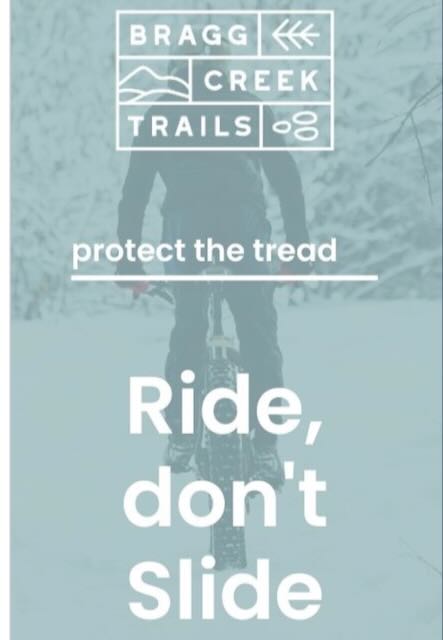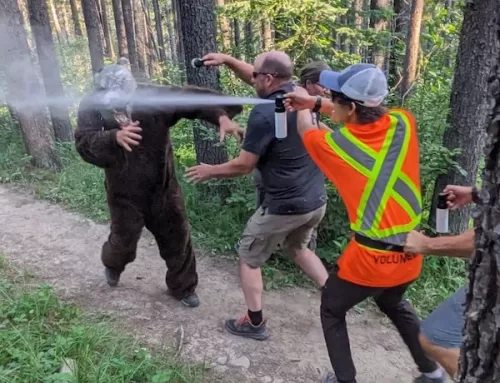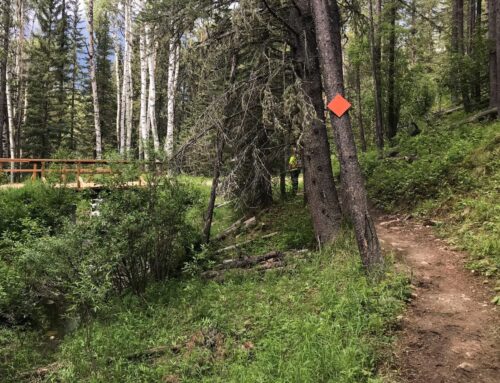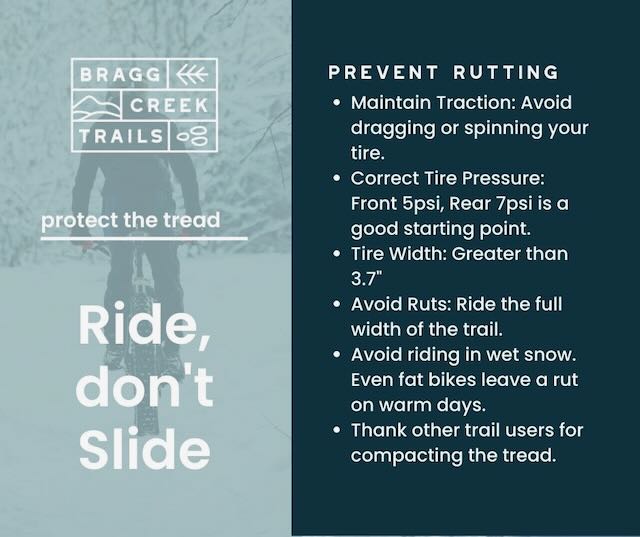
Prevent Rutting
- Maintain Traction: Avoid dragging or spinning your tire
- Dragging (sliding or skidding) tires is the primary cause of ruts. To avoid doing this:
- Control your speed especially when approaching corners or steep descents.
- Roll through corners without dragging your rear wheel.
- Use gradual braking forces by feathering your brakes, utilizing both front and rear brakes on straight approaches to braking zones.
- Spinning tires on climbs also starts rut development.
- When climbing transfer more weight over your rear wheel by straightening your arms and moving to the back of your seat.
- Stay on your seat, do not stand.
- Feel the traction and feather your power accordingly. Clipless pedals help deliver smooth power.
- EBikes are particularly bad at spinning rear wheels as they have more power and there is less feel for when traction will break.
- Correct Tire Pressure: Front 5psi, Rear 7psi is a good starting point.
- The lower the tire pressure the greater the contact patch. Reducing downward pressure on the snow and increasing traction, thereby reducing dragging and spinning.
- On hard pack snow 5psi on the front and 7psi on the rear works well. The rear tire has more weight on it, so this pressure difference provides a consistent contact patch.
- On softer snow reduce by 1psi at a time. It is not recommended to go below 3psi on the front and 4psi on the rear. Excessively low pressures can result in pinch flats or rim damage.
- Tire Width: Greater than 3.7”
- The wider the tire the less impact on the tread.
- Greater than 3.7” is the historic industry standard for fat bikes. Most fat tires are 4” or greater, but 3.8” are still sold on some lightweight fatbikes.
- Avoid Ruts: Ride the full width of the trail.
- Ruts are also caused by concentrated traffic. Even on straight level sections.
- Riders should ride the full width of the tread to spread out the impact.
- Riders should avoid existing ruts by riding alternative lines if possible.
- Avoid riding in wet snow. Even fat bikes leave a rut on warm days.
- Frozen ruts are a significant hazard, especially when hidden by fresh snow.
- On warm sunny days the snow can become sloppy or slushy. All bikes will leave a rut that will likely freeze at night creating a hazard.
- Thank other trail users for compacting the tread.
- The process of creating a solid tread is complex.
- Hikers and trail runners contribute by creating deeper compaction than other users. It can initially cause bumps but the end result is a stronger more durable tread.
- Snowshoers provide some compaction but mainly contribute through smoothing and widening the tread, and removing air pockets between the snow particles. Resulting in less crystalline snow (aka “sugar snow”

